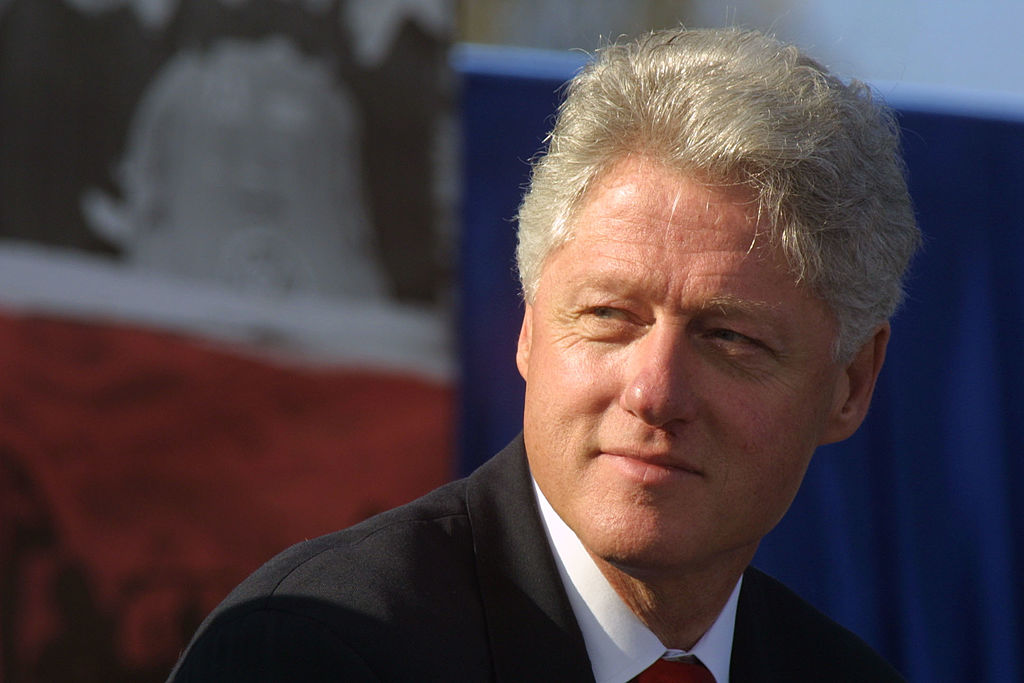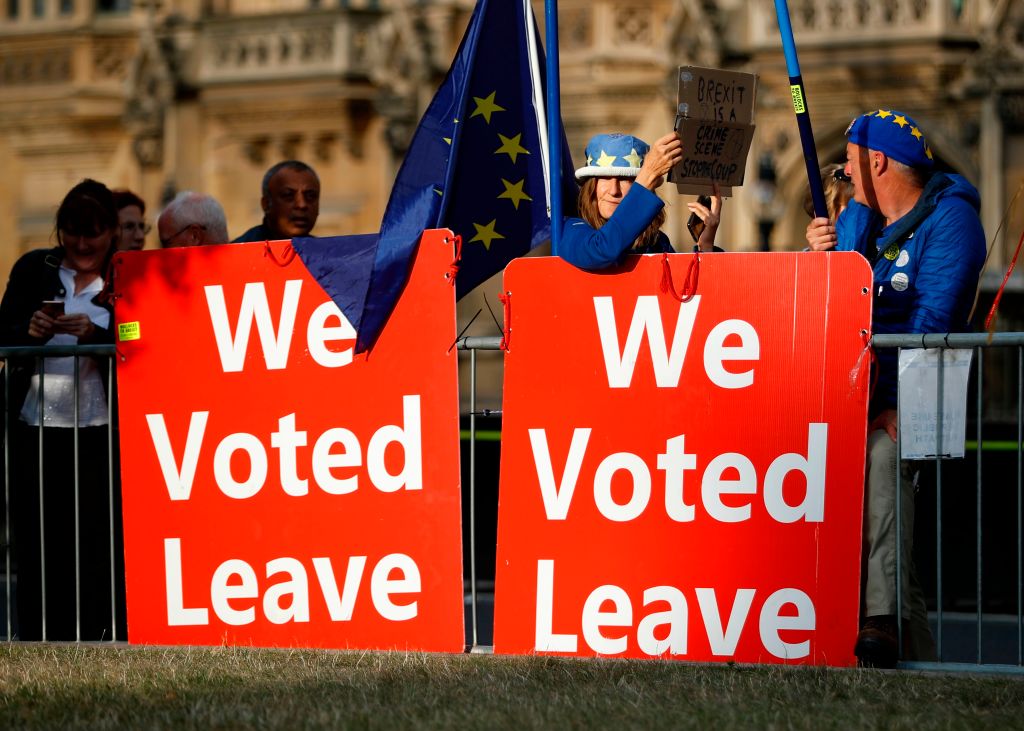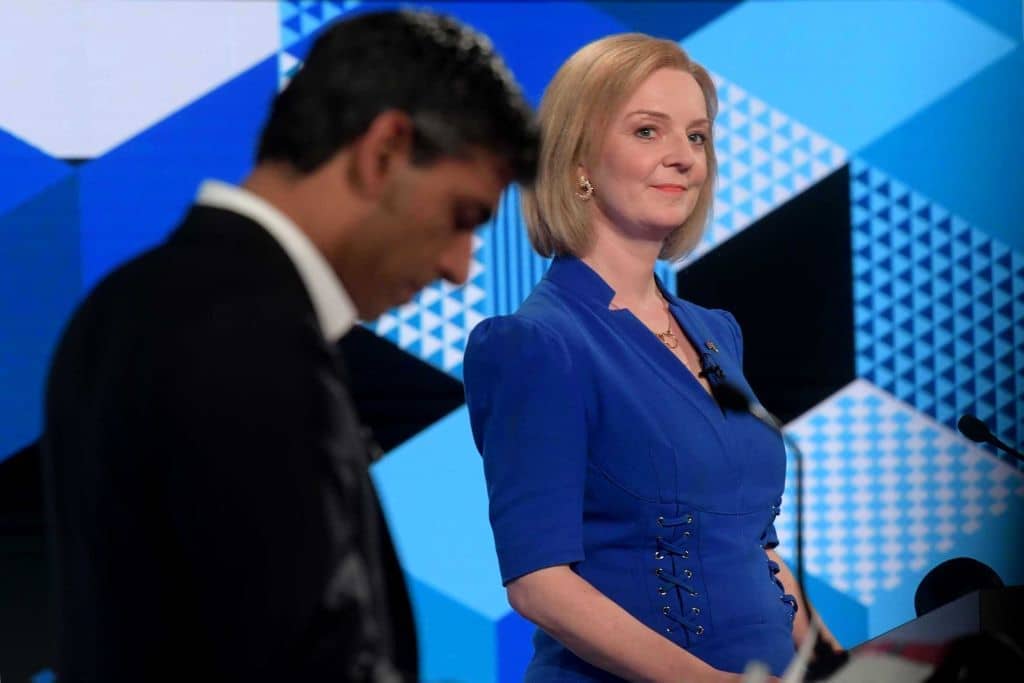You will never measure the depth of our troubles if you listen to the contenders for the Tory leadership. Rishi Sunak and Liz Truss talk as if the 21st century never happened. They cannot see how the world has changed. Like the devotees of an ancient cult, they imagine that it is possible for a prime minister in the 2020s to follow the programme of Margaret Thatcher from 40-years ago. Their lines sound so antiquated because they have no plausible vision for creating a modern, united country. Then, who does?
Rather than watch the contest, I have been reading the best modern historians as they struggle to find order amid the confusion. Phil Tinline’s The Death of Consensus covers how the UK tore itself apart in the 1930s, 1970s and 2010s, and tried to put itself back together. Gary Gerstle’s The Rise and Fall of the Neo-liberal Order performs the same task for the United States.
Non-fiction writers yearn for a solid structure. It drives their narratives forward and gives their books the coherence of a good novel. I imagine both authors setting out with a clear idea of how their work would flow from beginning to end. They tell the same story of birth, destruction and rebirth until they run into the 2020s and stare at the mess of the western world without the smallest idea of where rebirth will come from.
The plotline begins with the great depression of the 1930s and the rise of fascism. The determination that never again would we return to mass unemployment and appeasement built the post-1945 social democratic order. From the 1940s until the late 1960s, Labour and the Conservatives in the UK, and Republicans and Democrats in the United States, agreed that they must run economic policy to guarantee full employment, and provide a welfare state to protect against poverty. The elite compromised with the working class and allowed trade unions a voice in decision-making – not least because they feared the attractions of the West’s communist rival in Moscow.
The social democratic order collapsed amid the inflation and labour unrest of the 1970s. Britain and the US reformed themselves and the era of neo-liberal dominance began.

The crash of 2008 blew neo-liberal economics away
Neither Tinline nor Gerstle pretends that everyone accepts the dominant ideology of an age. Gerstle writes about ‘orders’ in which the political society creates a narrow consensus that agrees on basic issues. When Tory governments succeeded Labour governments and Republican presidents succeeded Democrats in the 1950s, they did not abolish the welfare state or New Deal. When Tony Blair succeeded John Major or Bill Clinton succeeded George Bush senior, they did not grudgingly accept neoliberalism as the price of winning power. On the contrary, Clinton had the fanaticism of the convert. He abandoned regulation of the US banking system and began the financial mania that led to the great crash of 2008.
Tinline sees dominant ideologies as the outpouring of a common culture. Politicians, novelists, filmmakers and journalists share a nightmare: the dole queues and hunger marches of the 1930s; or the strikes and inflation of the 1970s. They insist there can be no going back, and sweep away leaders and institutions that cannot see the need for a clean break.
Although I hate how the term is thrown around, anyone old enough to remember the 1990s and early 2000s will agree that we lived through a ‘neo-liberal’ order. Its principles made sense, even to those who rejected them. Like it or not, you knew where you were.

Gerstle writes with insight about how competing views of neo-liberal society explain the culture wars, which have filled the last 30 years. On the one hand, market ideology allowed a cosmopolitan view of the world. Market freedom was an opportunity to fashion and sell a new self, free of tradition, and prejudices about race, nationhood, sex and gender. Globalisation did not just require the free movement of goods, it justified the free movement of peoples, who would improve themselves by meeting each other, sharing cultures and developing new hybridised ways of living. The Web, the great invention of the neo-liberal age, allowed people to market their assets and themselves to a potentially limitless audience.
On the other hand, traditionalist conservatives saw neo-liberalism as a means of restoring Victorian values. If you did not have the thrifty instinct to save for hard times, or the self-control to stay away from drugs, or the family structure to provide for your children, then the iron laws of the marketplace ruled that you could not expect the taxpayer to give you handouts. In the US, the coercive state imprisoned those who transgressed in extraordinary numbers, most notably young African-American men.
The crash of 2008 blew neo-liberal economics away. It turned out that we needed states and central banks with the ability to use overwhelming financial force to save financial capitalism from itself (and save the rest of us from financial capitalism). The Trump victory and Brexit referendum were a revolt against the migration of peoples that cosmopolitan neo-liberalism endorsed.
After 2016, dozens of commentators predicted that politicians who governed from the left on economic issues and the right on cultural issues would dominate the future. (A reversal, incidentally, of the 1990s conventional wisdom that the right had won the economic war and the left had won the culture war.) The citizens of somewhere would triumph over the citizens of nowhere.
We are now in 2022, and no new order has arrived. Instead, the UK will soon have run through four prime ministers in six years, and no one can say with confidence where we are heading.
Tinline does not end like a novelist tying up loose ends. His conclusion is filled with uncertainty. Society must find ways to stabilise the divisive impact of social media, he writes, without saying how. If the hopes invested in Brexit prove futile, perhaps there ‘will be a frightening lurch back into populism and division’. Perhaps democracy itself is in danger. He does not know and nor does anyone else.
Gerstle also has no idea about where we go next. A new political order for the 2020s must appeal to large numbers across the political spectrum, he concludes. But America’s divisions make agreement impossible. Instead of the crisis of 2008-2016 reaching a conclusion, it rolls on as ‘political disorder and dysfunction reign’.
In Britain’s case, the turmoil is unsurprising. Brexit offered no path away from the stagnation that has afflicted us since 2008. Indeed, it worsened our economic position. No new order can establish itself unless it offers a better life for a segment of the population. The post-war settlement brought economic growth for 25 years and social mobility to working-class men and women. Neoliberalism benefited the rich, of course, but helped many in the working and middle classes until the early 2000s. Brexit, by contrast, is not an economic programme. Unlike the Keynesianism of the 1950s or the market economics of the 1990s, it offers no tangible benefits. The ‘left-behind’ who voted for Brexit and Boris Johnson remain left behind – so far behind, in fact, that today’s contenders for the Conservative leadership barely mention them.
Politicians and journalists struggling to describe our crisis reach for Antonio Gramsci. Locked in one of Mussolini’s prisons in 1930, the Italian Marxist wrote: ‘the crisis consists precisely in the fact that the old is dying and the new cannot be born; in this interregnum a great variety of morbid symptoms appear’. By the old, Gramsci meant 19th century capitalism. The new was socialism, and his morbid symptoms were fascism and possibly the ultra-leftist policies of Stalin’s Soviet Union.
For all their pessimism, Gramsci’s words do not do justice to the neurotic 2020s. At least he knew what the new would look like when it was born, and thought the interregnum would end. In our time, no one can be sure what will come next apart from more morbid symptoms.







Comments